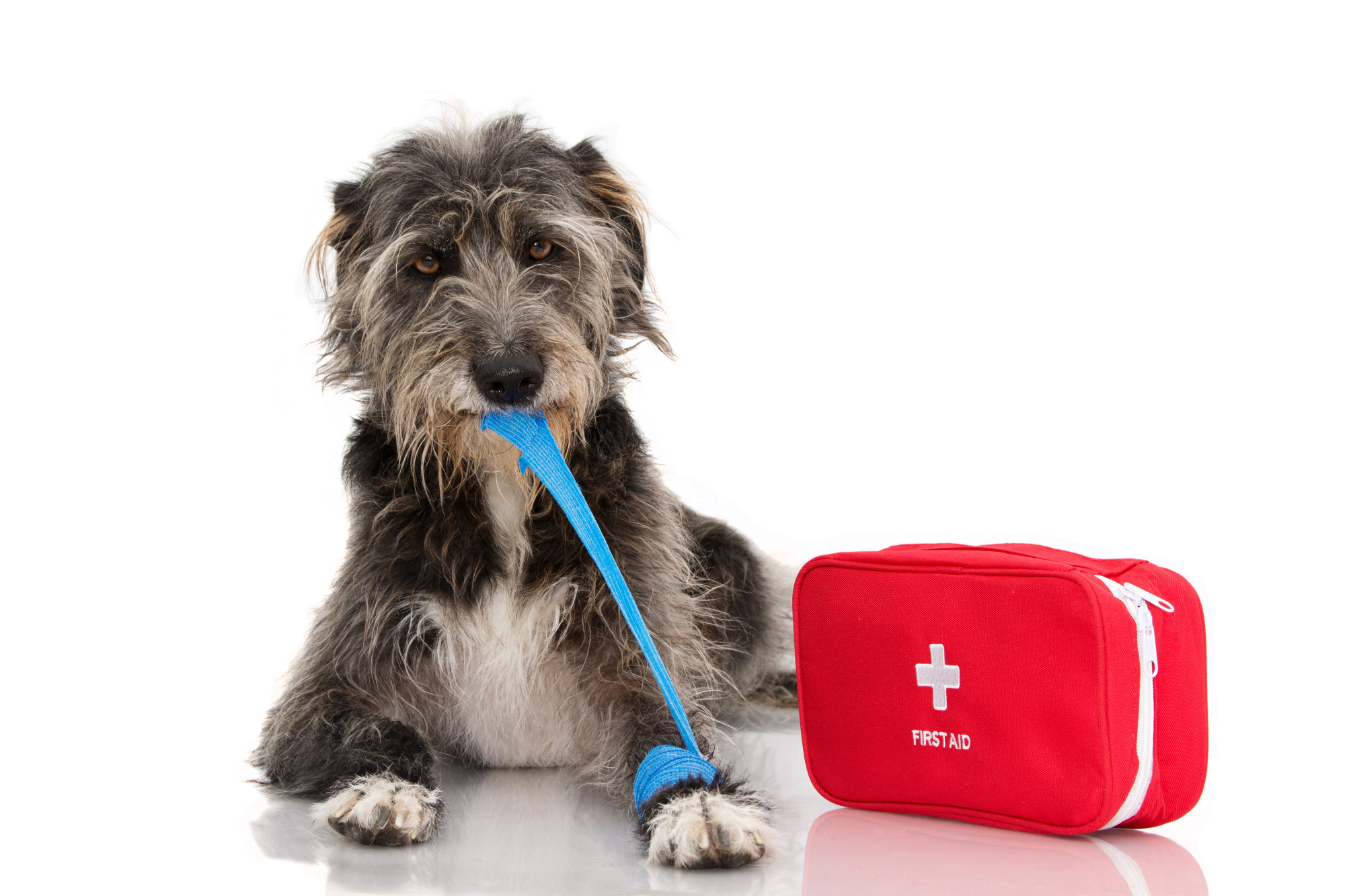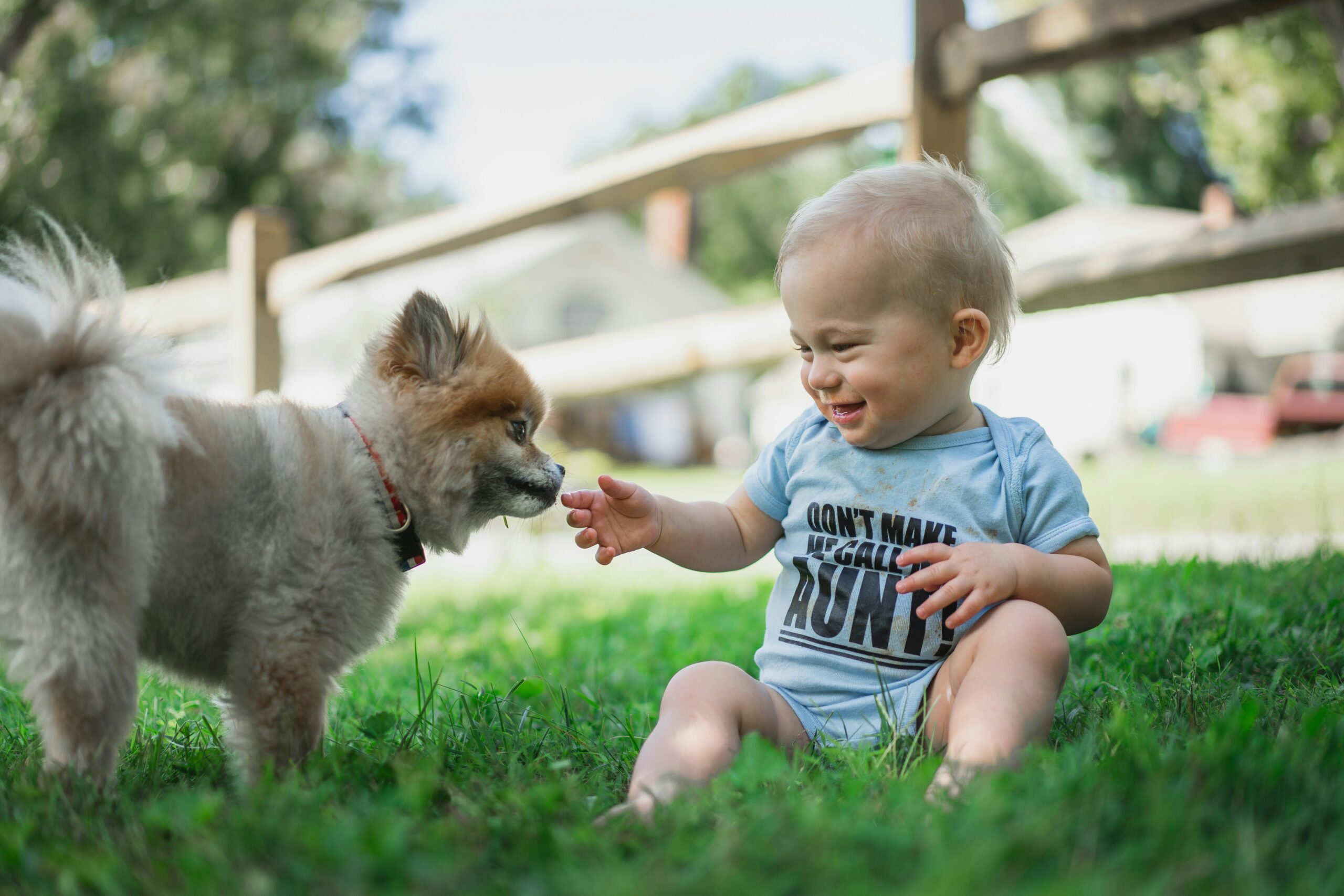Are you a furry friend lover? Do you want to learn how to care for them properly? If so, then take the time to practice pet CPR.
Even cats and dogs stumble into emergencies and need a little CPR now and then. Furry friends can be a great addition to the family, but only if everyone knows proper welfare practices.
So keep reading to learn more about pet CPR and what you can do to care for your furry friend properly.
Learning to Check Breathing and Pulse
When learning to check breathing and pulse for pet CPR, one should be aware of the following topics. Firstly, it is important to know how to properly position the pet to make sure that one can accurately assess both pulse and breathing. Then, one should familiarize themselves with the proper locations to check for pulse.
Common areas to check for pulse in dogs are the hind leg femoral region, right behind the dog’s elbow, and the jugular vein. For cats, one should check the brachial artery which is in between the cats front legs.
Rescue Breathing and Chest Compressions
In a pet CPR classes, you will know the basic techniques of rescue breathing and chest compressions. The key is to begin chest compressions before giving rescue breaths. The process for providing rescue breaths is to place an open mouth over the pet’s muzzle and give two quick puffs of air.
Chest compressions follow rescue breathing and are done by creating pressure on the pet’s chest to help circulate oxygen through its body. To ensure that the right amount of pressure is applied, the compression should be consistently firm and deep.
Learn How to Do a Mouth-to-Snout Technique
Mouth-to-snout technique is an important skill for pet owners to learn. This technique is performed on an unconscious pet to provide them with a steady and continuous supply of oxygen. The rescuer needs to initiate a purring situation for the pet and firmly press their mouth over the pet’s snout.
Following this, the rescuer should blow air into the pet’s mouth using pursed lips. Then, the pet should be allowed to exhale on its own. It is important to be aware that due to the small size of the pet, deep breaths may not be possible. This is very essential technique especially on doing Dog CPR.
Know What to Do After Doing CPR
Pet CPR course will teach you what to do after doing pet CPR. If the pet shows signs of life, such as breathing or movement, immediately take it to the veterinarian for further treatment. Monitor the pet’s breathing and heart rate and be sure to keep the pet warm.
If the pet does not show signs of life, seek veterinary attention anyway. A veterinarian can assess the situation and determine if the pet is a candidate for resuscitation.
Start Taking Pet CPR Course Today
It is important to have a basic understanding of pet CPR if an emergency situation arises. We have covered the four main topics of pet CPR: recognizing cardiac arrest, chest compressions, rescue breaths and mouth-to-snout resuscitation.
Online CPR certification can be beneficial to you and your pet. Having knowledge of these topics can help save your pet’s life. Talk to your vet about taking a pet CPR class today!
If you want to read more interesting articles, follow our daily blog.
Photo credit:
Did you find this city dog content helpful? Share it with a friend or link it to social media. Enjoy short clips of silly dogs? Best dog training videos? Holistic puppy training tips? Follow us on instagram @nydognanny or on YouTube at nydognanny. Have some news you needs to get to dog and cat parents stat? Email info@newyorkdognanny.com with your article pitch.




